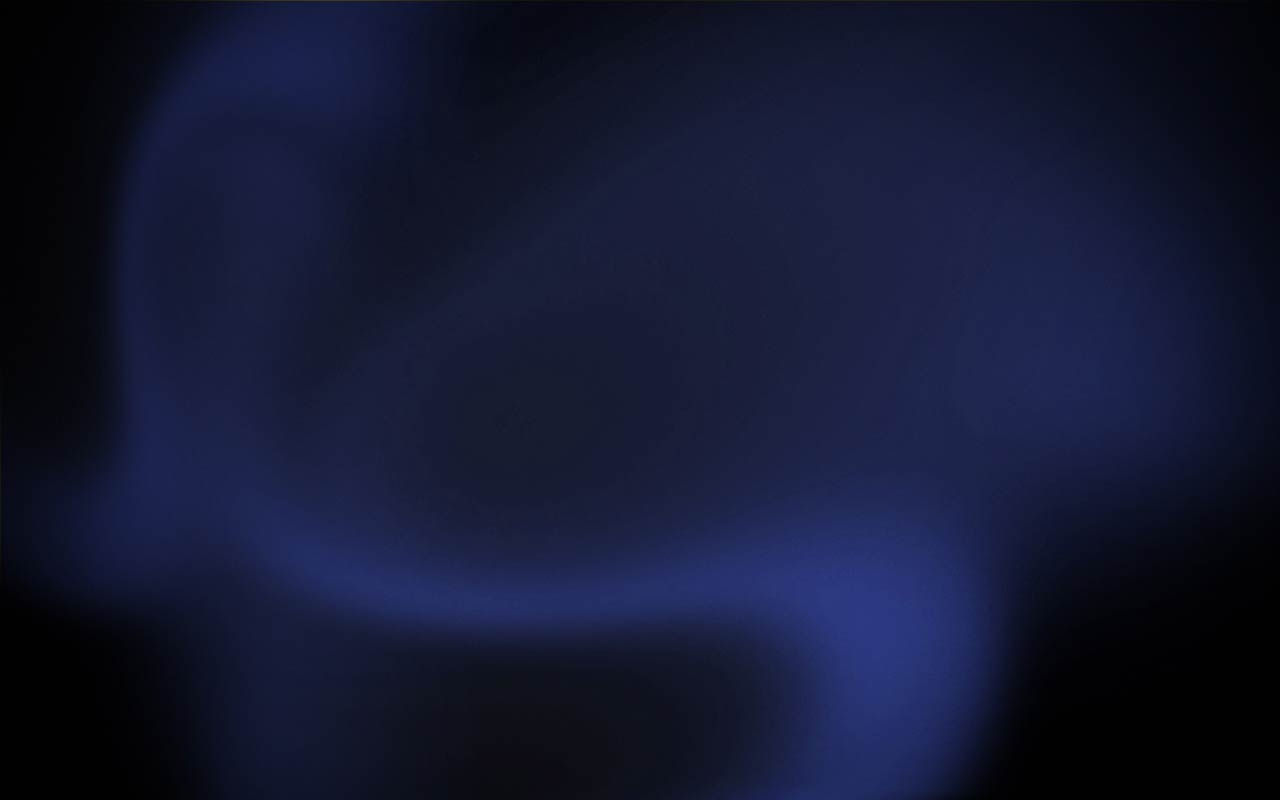
Runes
As you may already know, the Vikings didn't write much down. This is why we know rather less about them than we know about the Romans. Viking stories, called 'sagas', were passed down from generation to generation by word of mouth - everyone knew them off by heart, and children learnt them just by hearing them over and over again.
However, the Vikings did have a system for writing. It was called 'runes', which comes from a Gothic word runa, meaning 'secret' or 'whisper'. They used runes for rituals, including prayers and possibly also spells and curses. Inscriptions have been found saying that something belonged to someone, and there have even been a few rude messages like modern-day graffiti!

This one says "Gyða segir at þú gakk heim" which means "Gyða tells you to go home"!
Different Alphabets
One of the things that's a bit confusing about runes is that there were several different systems, or types of runes. If you look them up, you'll find Elder Futhark, Younger Futhark, Anglo-Saxon Futhorc, Marcomannic runes, and Medieval runes, as well as long-branch and short-twig runes. You might feel you don't know where to start!
Well, the 'futhark' or 'futhorc' bit is easy - it's the first six letters of the alphabet, like a qwerty keyboard is named after the letters on the top left.

Yes, I know 'futhark' has seven letters. But in runes, it's only six!
F U Þ A R K
The third letter is called 'thorn' or 'þorn', where the 'þ' is pronounced like the letters 'th' in the word 'thick'. The letter 'þ' is still used in Icelandic today.
Elder Futhark is earlier than Saving the Unicorn's Horn, and Marcomannic and Medieval runes come later, so we're going to concentrate on the Younger Futhark.
Younger Futhark
Here it is, the Younger Futhark runic alphabet!

If you can learn this off by heart, your friends are bound to be dead impressed!
(Yes, really!)
(Okay, perhaps not so much.)
But you can tell them knowledgeably that:
-
Younger Futhark has only 16 runes compared to Elder Futhark's 24
-
the top row are long-branch runes, sometimes said to be Danish, but probably for carving on stone
-
the bottom row are short-twig runes, sometimes said to be Swedish / Norwegian, but probably for carving more private messages on wood, such as something friendly like "Gyða tells you to go home"!
Rune names
Each rune had a name which was actually a word with a meaning. I think these give a real flavour of life in Viking times, because they must have been the things that were either common or important at that time. You'll see that some of them are also quite similar to the English word, which shows the influence of the Vikings on the language we speak today.
ᚠf = fe ("wealth")
u = ur ("iron" or "rain")
þ = Thurs ("giant") - linked to the god of thunder, Thor, who gave us the word 'Thursday'
ą,= Oss - Norse god Odin, ruler of the gods, who gave his name to 'Wednesday'
ᚱ r = reidh ("ride")
k = kaun ("ulcer")
h = hagall ("hail")
n = naudhr / naud ("need")
i = is / iss ("ice")
a = ar ("plenty")
ᛋ s = sol ("sun")
t = Tyr - Norse god associated with law and heroic glory, who gave his name to 'Tuesday'
ᛒ b = bjarkan / bjarken ("birch")
ᛘ m = madhr / madr ("man")
ᛚ l = logr / lög ("liquid")
ᛦ R = yr ("yew")
You'll see there are two runes (the fourth and the tenth) transcribed as variations on 'a' - probably the fourth one sounded more like 'or' and the tenth like 'ah'.
The last rune, marked 'R' in the English alphabet, started out by appearing at the end of words, possibly as a kind of 'z' sound, but later became 'r' like the fifth rune.
One last thing that I think is rather interesting is that there are two good reasons why there aren't any horizontal strokes in the whole alphabet. If you are carving letters on to wood,
-
horizontal strokes aren't so easy to read (they get lost in the grain);
-
if the piece of wood is thin, carving horizontal grooves along the grain will make it more likely to split.
So, there you are. Now go away and see if you can carve your own name on a stick!
